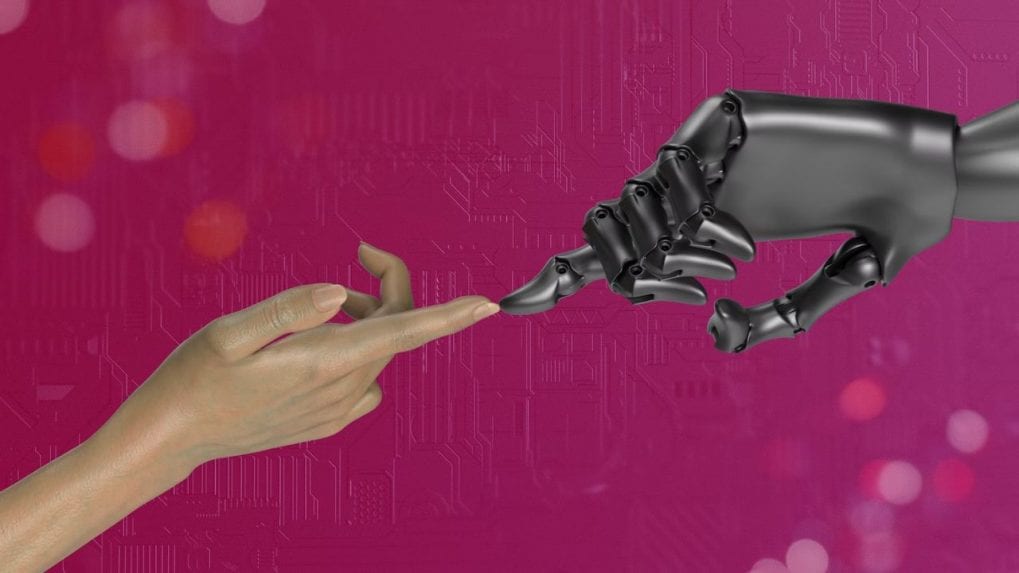AI in Advertising: A game-changer or a creativity killer?
As brands embrace AI-generated creatives, the industry grapples with cost savings, ethical concerns, and the future of human creativity.
ADVERTISEMENT
The advertising world has become one of its most visible frontiers where artificial intelligence is reshaping industries. Last year, the internet was stunned by an ad for Adidas's floral collection, entirely generated by AI. The collection itself did not exist and the video was a spec ad, yet the hyper-realistic visuals blurred the line between imagination and reality. The reaction was immediate: consumers clamored for products that had never been designed, let alone manufactured.
This trend is not isolated. Coca-Cola, another global behemoth, unveiled an AI-generated commercial during Christmas 2024, reimagining its beloved 1995 “Holidays Are Coming” campaign. The move pointed to a broader industry shift toward automation and cost-cutting without sacrificing creativity. But the ad also faced widespread backlash, with many viewers and consumers calling it "soulless" and "devoid of creativity".
Despite occasional backlash, brands and agencies persist in leveraging AI-generated creatives to enhance their campaigns.
India, too, is embracing AI-driven advertising. Companies are deploying AI-generated campaigns across television, digital platforms, connected TV (CTV), and out-of-home (OOH) advertising. Dabur, for instance, used augmented reality in its Chyawanprash campaign, while Tata CliQ and jewelry brand Joyalukkas integrated AI into their print advertisements.
According to Rashi Agarwal, founder of Megalodon, AI-driven advertising can reduce costs by 65 to 70 percent. “AI eliminates the need for models, celebrities, exotic locations, and elaborate production work,” she said. To illustrate, Agarwal noted that a traditional 2 to 3-minute television commercial for a honey brand targeting the Kashmiri market would cost around Rs 20-25 lakh. In contrast, an AI-generated alternative—featuring a Kashmiri woman adding honey to her tea - could be produced for just Rs 4-4.5 lakh. The AI model could then be adjusted to create customized versions for different regional audiences at minimal additional cost.
Shabbir Motiwala, Chief Content Officer at Infectious Advertising, echoed this sentiment, emphasizing AI’s role in optimizing ad targeting and personalization. “Brands can now edit commercials without reshooting or bringing actors back for voiceovers,” he explained.
Despite its rapid adoption, AI’s role in mainstream advertising remains limited, with its primary use in digital and OOH campaigns. Leading agencies and brands rely on tools like Sora, RunwayML, Midjourney, Adobe Creative Suite, and Topaz to develop AI-generated content.
Industry experts suggest that while AI will not replace advertising agencies, it may disrupt production houses. “Over the next 18 months, production houses may see a decline as AI tools reduce the need for live shoots,” Agarwal predicted. However, ad agencies will continue to play a strategic role in shaping brand narratives, as AI cannot fully replace human creativity.
That said, AI’s rise presents both opportunities and risks. One concern is the potential loss of junior and mid-level creative roles. “The advertising industry thrives on mentorship and hands-on experience,” Motiwala warned. “Eliminating these roles may create a long-term talent gap.”
Another issue is AI’s legal and ethical implications. While no major brands have been accused of unethical AI use, Agarwal acknowledged the dangers of deepfakes—AI-generated media that can be misused to spread disinformation. She called for stricter regulations to prevent potential abuses.
Additionally, legal ambiguity continues to hinder AI’s widespread adoption in traditional media. Agarwal cited an instance where it took 1.5 months to secure internal approval for a 10-second AI-generated commercial during the Cricket World Cup due to regulatory uncertainties.
For all its advancements, AI still has limitations. “The technology isn’t yet capable of seamlessly integrating multiple people in a scene or replicating the emotional depth that makes advertising truly memorable,” Motiwala noted. Iconic commercials, he argued, succeed because of their humor, cultural nuance, and human connection - qualities AI struggles to replicate.
AI’s role in advertising is evolving rapidly. While it serves as an invaluable tool for concept visualization and animatics, its long-term impact remains uncertain. For now, experts agree that AI should be seen as a complement to human creativity rather than a replacement. As brands and agencies navigate this new landscape, they must balance efficiency with authenticity, ensuring that, even in a digital age, advertising retains its most vital ingredient: the human touch.

